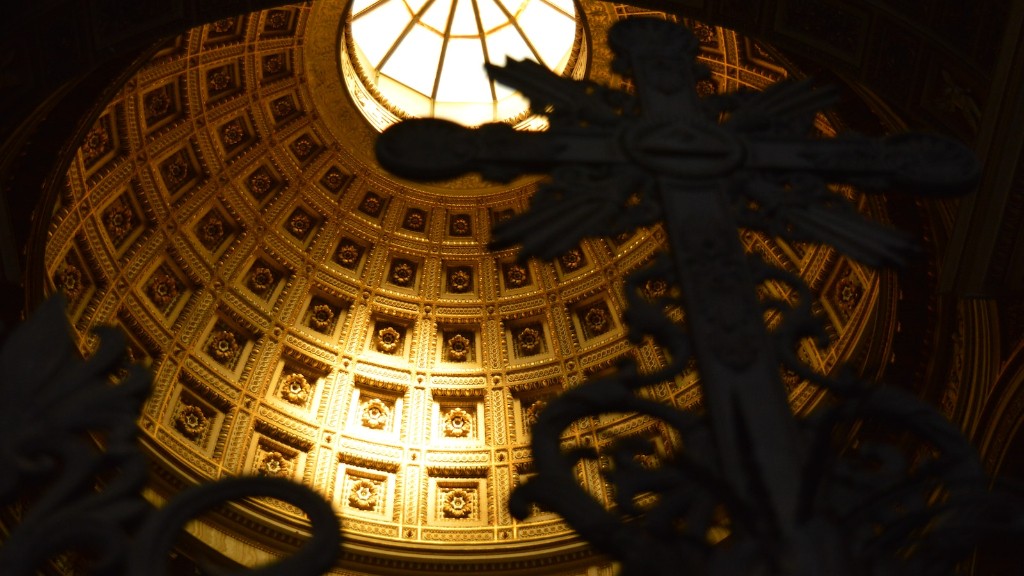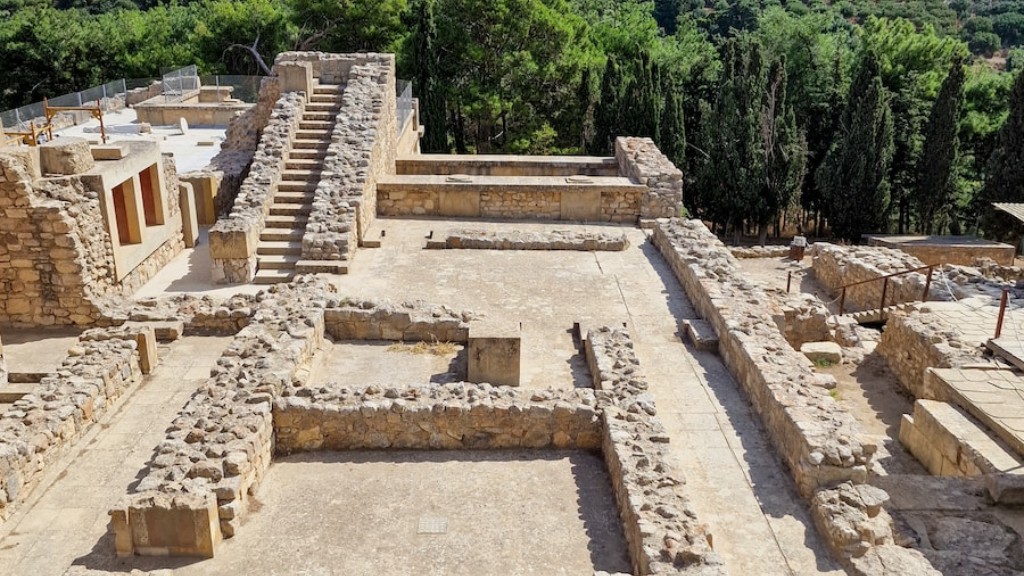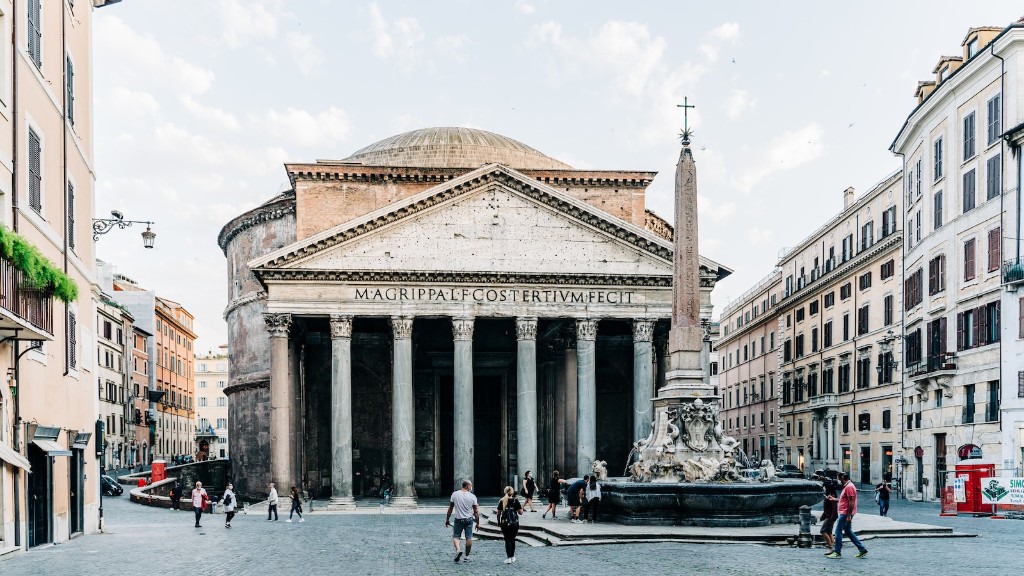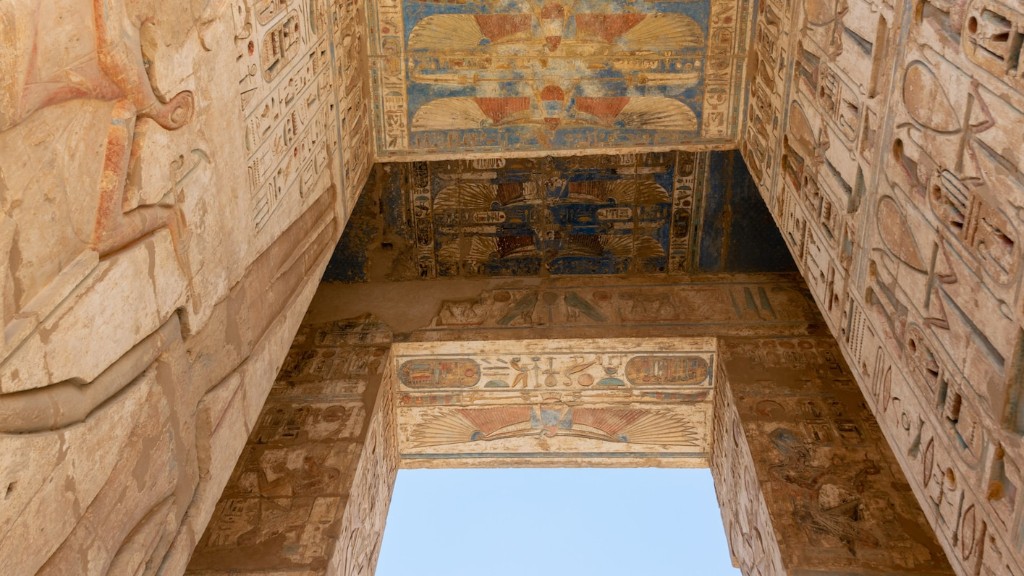The Role of the Executive Branch in Ancient Rome
The ancient civilization of Rome, renowned for its grandeur and achievements, was governed by a complex system of government that included executive, legislative, and judicial branches. In this article, we will focus on exploring the specific functions and responsibilities of the executive branch in ancient Rome.
The Office of the Consuls
The highest-ranking officials in the executive branch were the Consuls. Two Consuls were elected annually by the Roman citizenry, and they held significant power and authority. Their primary responsibility was to preside over the Senate, the legislative branch, and execute its decisions. Additionally, they were responsible for leading Roman military forces and acting as judges in various legal matters.
The Consuls also possessed the power of veto, which allowed either of them to reject a decision made by the other. This balance of power ensured that no single individual could exert too much control over the government.
Duties of the Praetors
Working alongside the Consuls were the Praetors, who were responsible for implementing and overseeing the administration of justice. There were typically eight to twelve Praetors serving at any given time, with their number increasing over the course of the Roman Republic.
The Praetors were assigned various jurisdictions, such as hearing civil and criminal cases, presiding over certain types of trials, and serving as judges in matters concerning foreign residents of Rome. They also played a crucial role in overseeing the proper conduct of elections and maintaining public order.
The Role of the Censors
In addition to the Consuls and Praetors, the executive branch also included Censors. Initially, the Censors were responsible for conducting a census of Roman citizens and determining their social status and tax obligations.
Over time, the role of the Censors expanded to include overseeing public morality, supervising public finances, and regulating public works and construction projects. They had the authority to expel senators from the Senate and remove individuals from the equestrian order, a social class in Roman society.
The Aediles and Their Responsibilities
The executive branch of ancient Rome also included official positions known as Aediles. There were two types of Aediles: Plebeian Aediles and Curule Aediles. Plebeian Aediles represented the interests of the plebeians, the common citizens, while Curule Aediles were appointed by higher-ranking officials and had more prestigious roles.
The Aediles were primarily responsible for overseeing public buildings and facilities, organizing public festivals and games, and maintaining the maintenance and cleanliness of the city. They also had some jurisdiction in matters concerning trade and commerce.
Checks and Balances
The executive branch in ancient Rome, like any effective system of government, operated with a system of checks and balances to prevent abuse of power.
The Senate, the legislative branch, had the authority to limit the power of the executive branch by passing laws and making decisions that the Consuls and other executive officials were obligated to follow. This mutual dependence fostered a system where power was distributed among different branches of government, preventing any one branch from becoming too dominant.
Moreover, the Roman system of government relied heavily on the involvement of the citizenry. All major decisions had to be ratified by popular vote, ensuring that the opinions and will of the Roman people were reflected in the actions of the executive branch.
Legacy and Influence
The governance structure of ancient Rome, including the executive branch, has had a lasting impact on the development of governmental systems worldwide. The concept of checks and balances, inherent in the Roman government, served as the blueprint for similar systems implemented in various modern democracies.
Furthermore, the executive branch’s ability to adapt and evolve over time as the Roman Republic transitioned into the Roman Empire was crucial in maintaining stability and continuity.
In conclusion, the executive branch in ancient Rome played a vital role in the functioning of the government. Consuls, Praetors, Censors, and Aediles each had specific responsibilities, ensuring the smooth administration of justice, maintenance of public order, and efficient governance of the city. Through a system of checks and balances, the power of the executive branch was limited, preventing an individual or group from consolidating excessive control. The Roman system of government continues to influence and inspire modern governance structures, making it a crucial piece of historical and political legacy.



